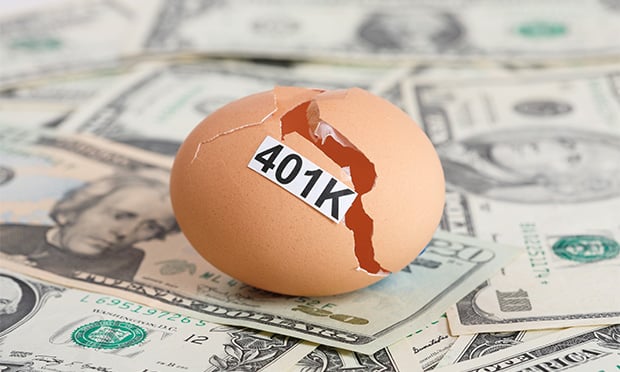News that the Federal Reserve raised the federal funds rate for the first time in nearly ten years has so far had little affect on long-term, high-quality corporate bond rates, the key measurement to how sponsors of defined benefit plans price future liabilities.
An increase in overall interest rates may ultimately translate to an increase in yields on high-quality corporate bonds. That of course would be a welcomed development to sponsors of corporate pension plans.
But there is no automatic relationship between the fed funds rate and corporate bond rates, explained Alan Glickstein, a senior retirement consultant at Towers Watson.
“The question of how the fed’s rate increase affects pension liabilities is a bit more complex,” said Glickstein. “ While an increase in corporate bond rates does reduce liabilities, the overall financial health of a plan also depends on how other assets are performing.”
Proof of corporate bond rate yields’ autonomy from the fed funds rate is evidenced by fluctuations in corporate yields over the past two years, says Glickstein.
In 2014, the yield on the long-term high-quality corporate bond benchmark rate dropped about 100 basis points, negatively impacting funding ratios by adding to the cost of pensions’ future liabilities, and thereby increasing sponsors’ funding requirements.
In 2013, the corporate rate increased about 100 basis points, providing a welcomed tailwind for DB sponsors.
Those fluctuations in corporate yields came independent of any change in the fed funds rate.
“Corporate rates have bounced all over the place without any movement from the fed,” notes Glickstein.
This year, the corporate bond rate have been less volatile, increasing 20 or 30 basis points, said Glickstein.
While an increase in the fed fund rate may not immediately trigger corresponding increases on corporate bond prices, this week’s rate hike is widely regarded as an indication that the Federal Reserve sees the overall economy strengthening.
It stands to reason that a strengthening economy would ultimately be experienced in corporations’ revenues, which in turn would increase yields on corporate bonds.
“If the fed’s indication proves to be true—and the economy is getting better—then corporate rates will loosen up, and that will be good for pension sponsors,” said Glickstein.
Just how good?
As a rule of thumb, Glickstein says that for every 100 basis point move on the corporate bond rate, pension liabilities fluctuate 15 percent.
A bond rate increase of course means lower pension liabilities, which typically leads to improved plan funding status and lower required annual cash infusions from sponsors.
Glickstein cautions that the rule of thumb is just that. “Some plans have higher interest rate exposure, making generalizations difficult.”
Plans that are well into a Liability Driven Investment Strategy, which lowers sponsors’ funding liabilities by pegging a plans’ investment strategy to the cost of future liabilities, will have less interest rate exposure, by design.
In the event that a plan has brought an LDI strategy to fruition, meaning its portfolio is completely invested in fixed-income and produces returns in lock step to liabilities, interest rate fluctuation has virtually no consequence on funding status.
Those plans are rare, says Glickstein, though more sponsors are initiating an LDI strategy.
Just before the Fed raised interest rates, Moody’s released a report showing that of the $700 billion increase in corporate pension liabilities experienced between 2008 and 2013, almost half--$342 billion—resulted from the falling corporate bond rate yield.
Moody’s expects the benchmark corporate interest rate to start climbing by the end of the year, and projects it to reach 6 percent by 2019. In November, Mercer’s corporate benchmark yield was 4.18 percent.
If Moody’s is right, the more than 175 basis point increase they project would greatly improve most pensions’ funding levels—presuming the rise in rates correlates with a strengthening economy and equity markets.
Glickstein says it’s vital for sponsors to consider all contingencies.
“The key is being prepared to respond to the economic environment and the pension implications, rather than predicting where you think the economy and interest rates are going to go,” he said.
© Touchpoint Markets, All Rights Reserved. Request academic re-use from www.copyright.com. All other uses, submit a request to [email protected]. For more inforrmation visit Asset & Logo Licensing.







